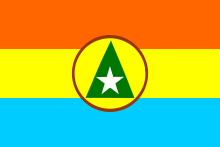
Cabinda is an exclave in southwest Africa with around 850,000 inhabitants. The province of Cabinda borders the Republic of Congo in the north, the Democratic Republic of Congo in the south and the Atlantic Ocean in the west, but is still politically part of Angola.
Cabinda is one of seven exclaves on the African continent.
The capital of the exclave is the city of the same name, Cabinda. The official language is Portuguese and the Angolan Kwanza is used as a means of payment, with 1 euro being equivalent to around 650 AOA.
The most important economic sector in Cabinda is oil production, which accounts for almost 75% of the entire Angolan financial budget. In addition, cocoa, palm oil and coffee from agriculture as well as rare precious woods are exported in the exclave.
Cabinda's few sights include the large church, the Pope John Paul II statue, the Catholic center with its cathedral, the large Jesus Cross, Republic Square, the central market and various sandy beaches.
In August 2017, I took a day trip to Cabinda Province. I started early in the morning from Luanda with the Angolan airline TAAG, which flies to his exclave once a day.
After arriving at the new airport in Cabinda, I relatively easily organized a taxi for a round trip lasting several hours. For the equivalent of only 20 US dollars, the driver took me to all the important sights in the province. The clear highlight of my trip was the visit to the large Pope statue, next to the beautiful cathedral.
Otherwise, I felt the great poverty in the exclave very clearly; I certainly wouldn't have moved there alone.
In the end, I still spent a very interesting day in Cabinda, although it is not necessarily recommended as a holiday destination.
In the afternoon the driver took me back to the airport and I waited for my flight back to Luanda.

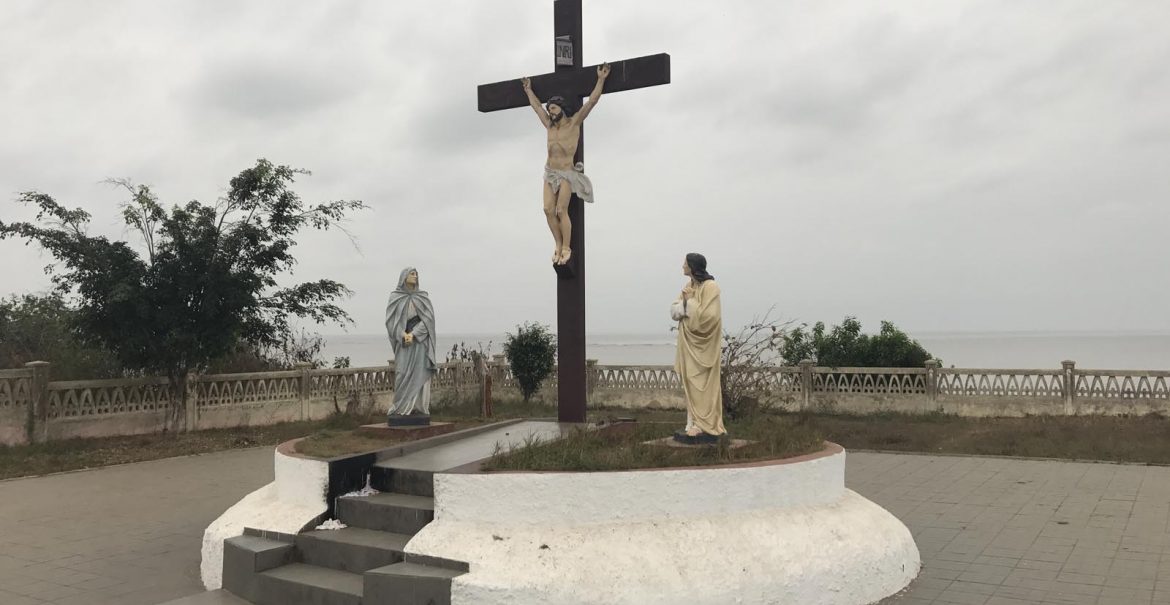
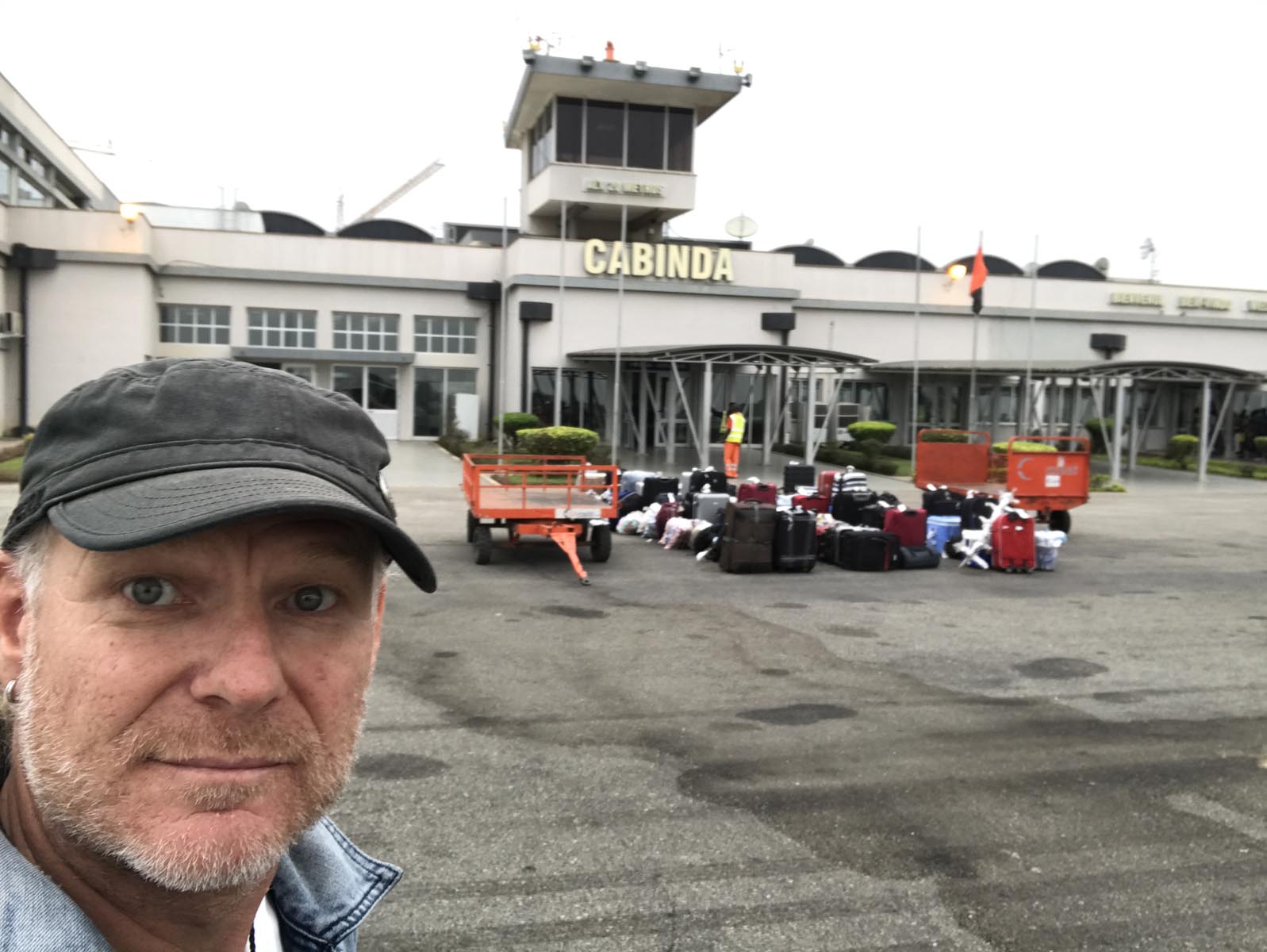
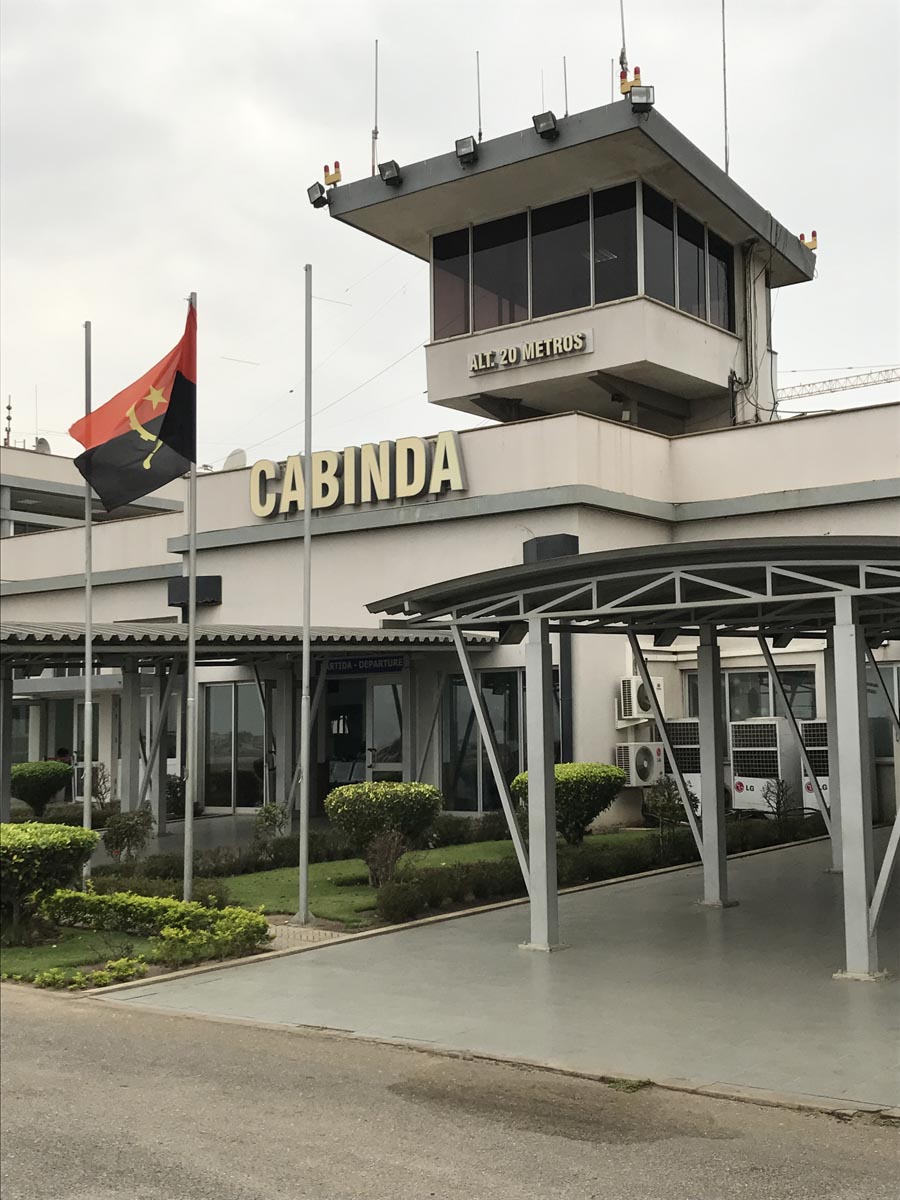

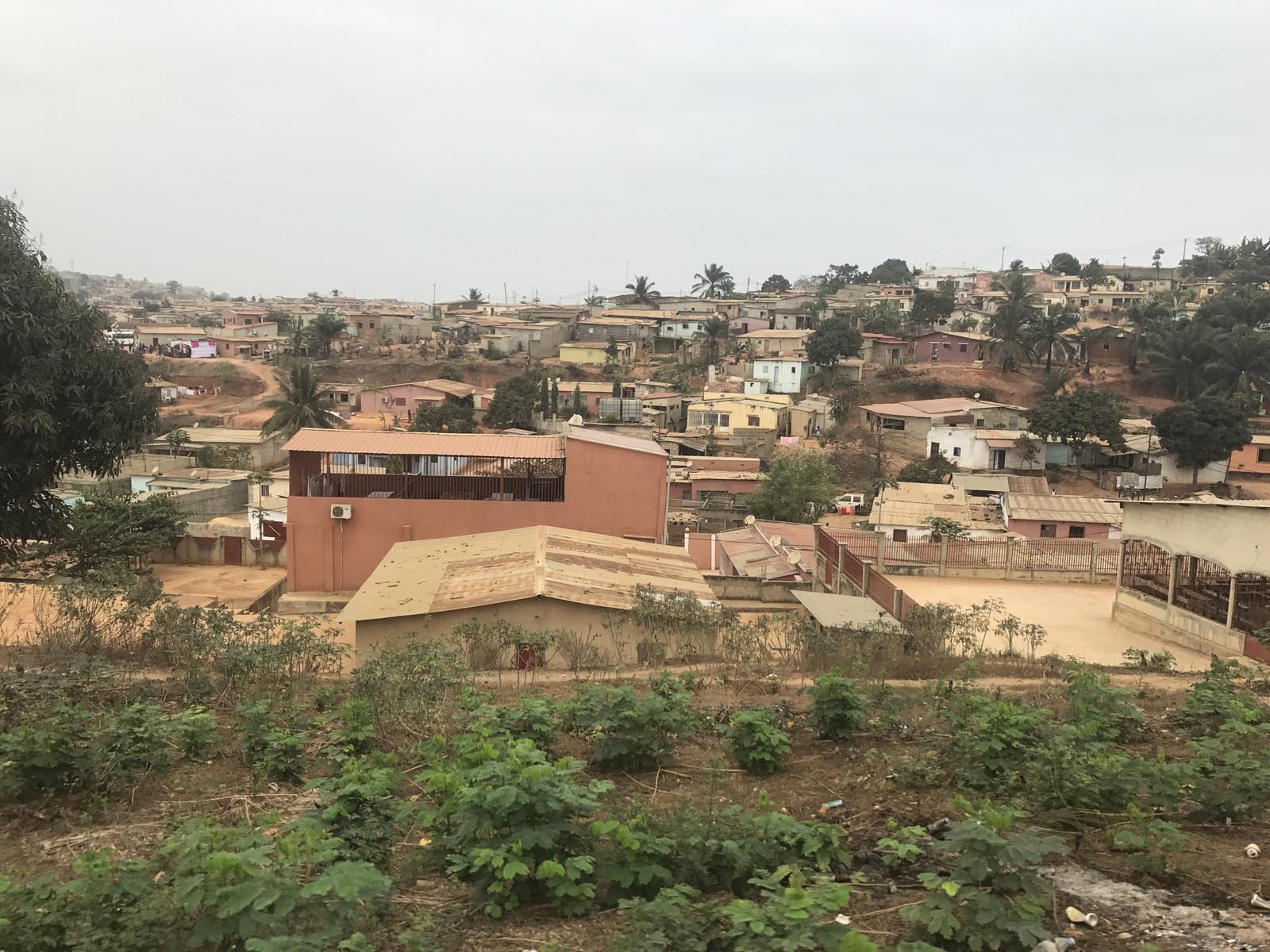

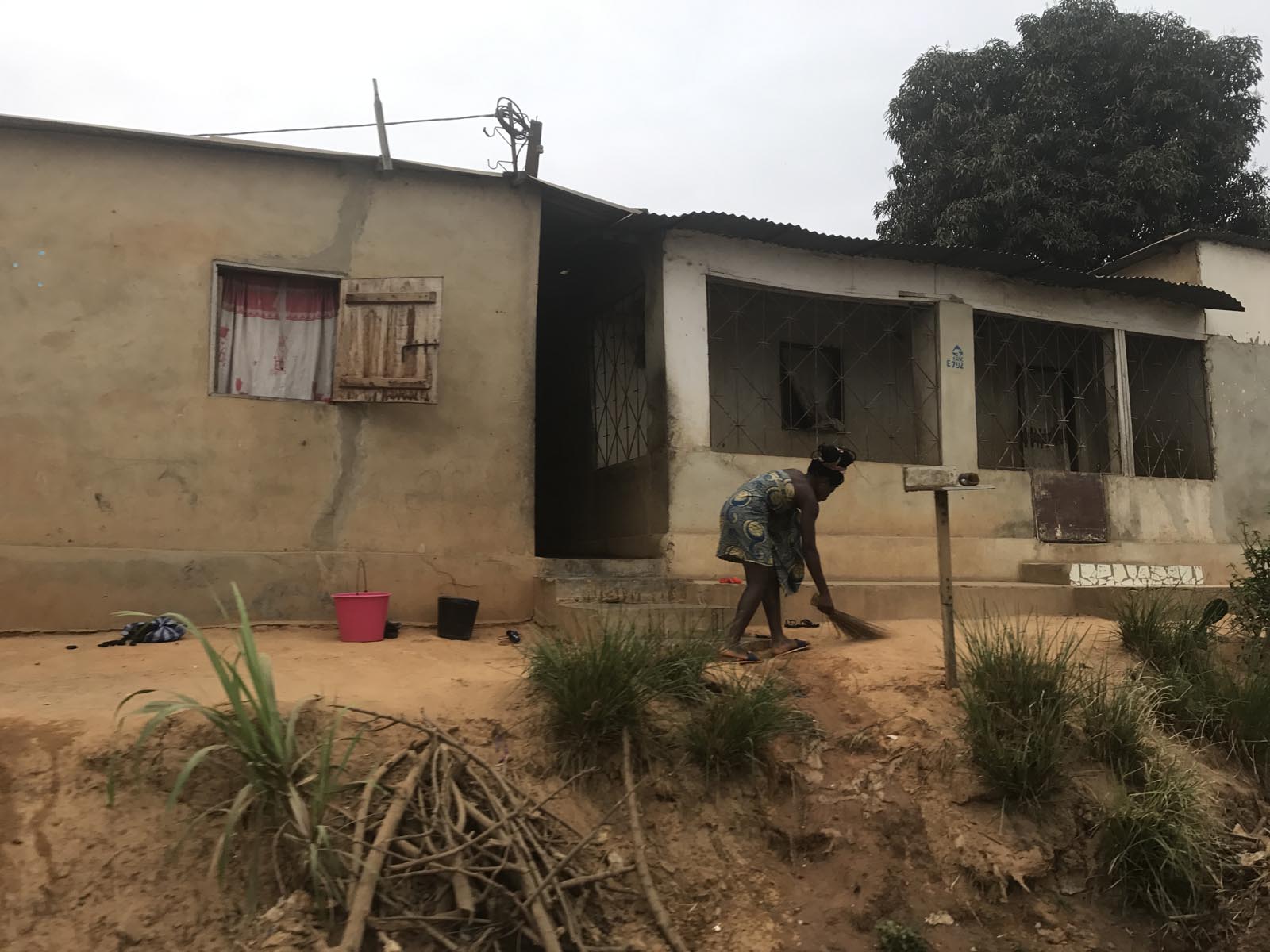
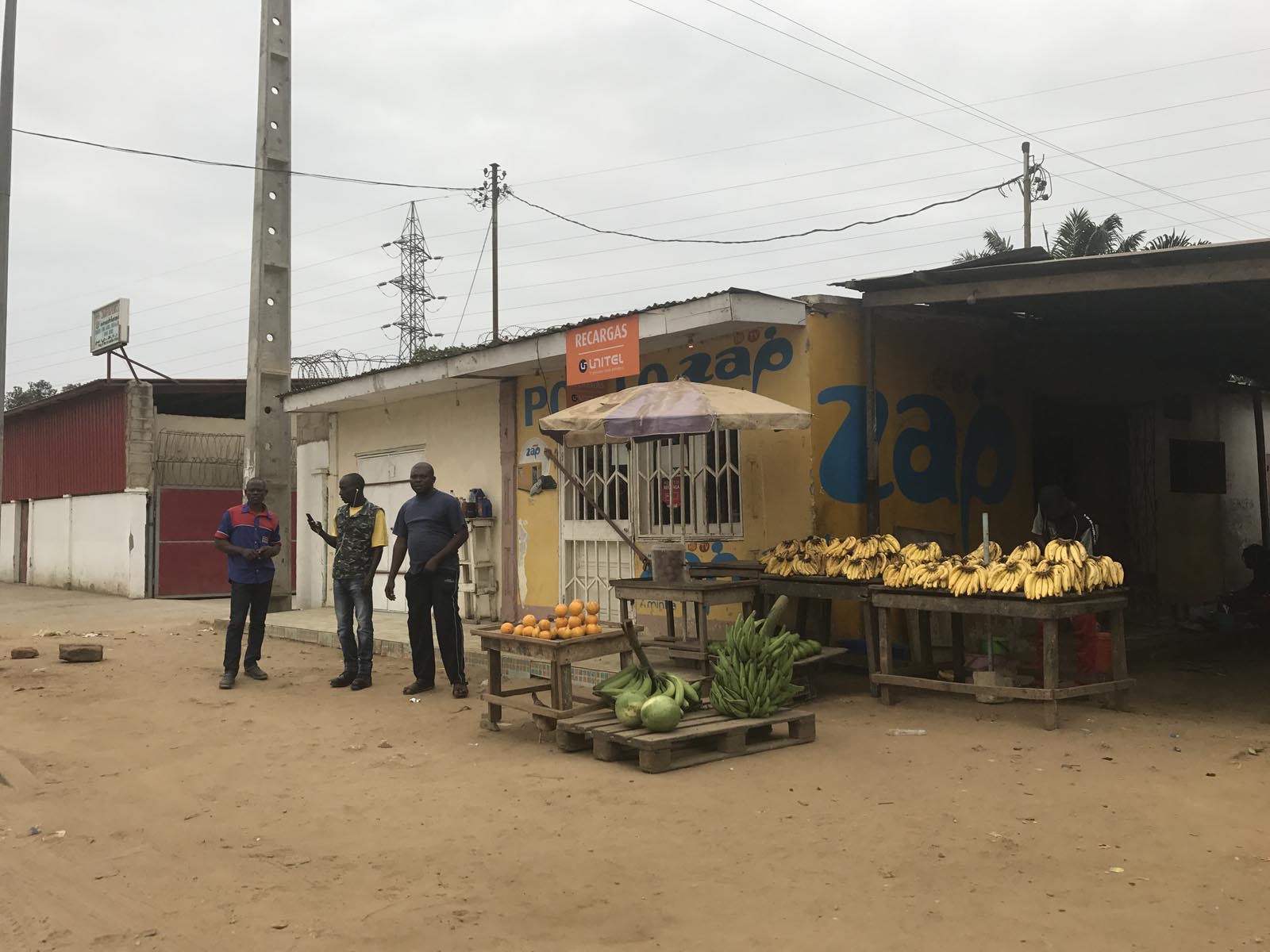
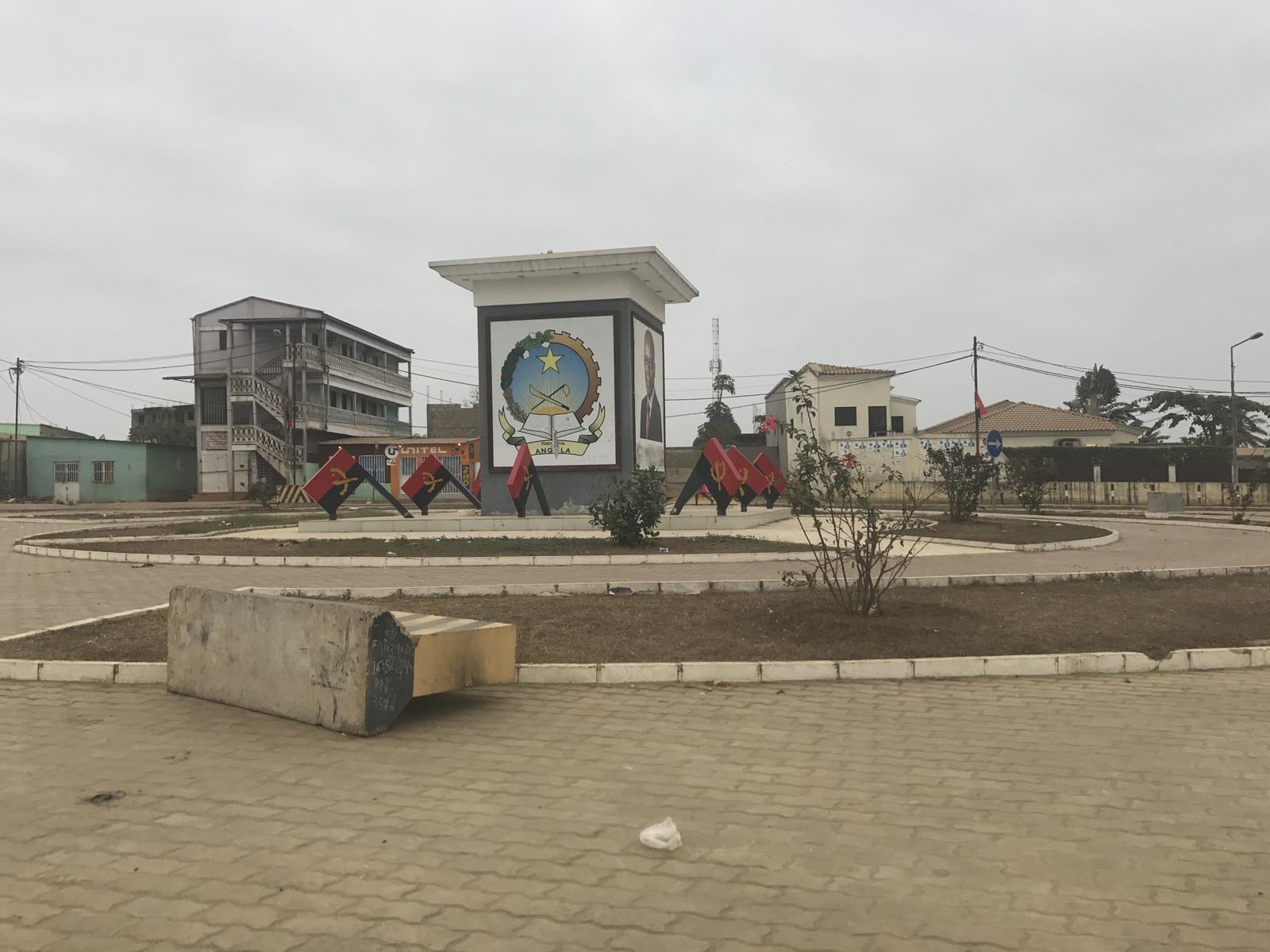

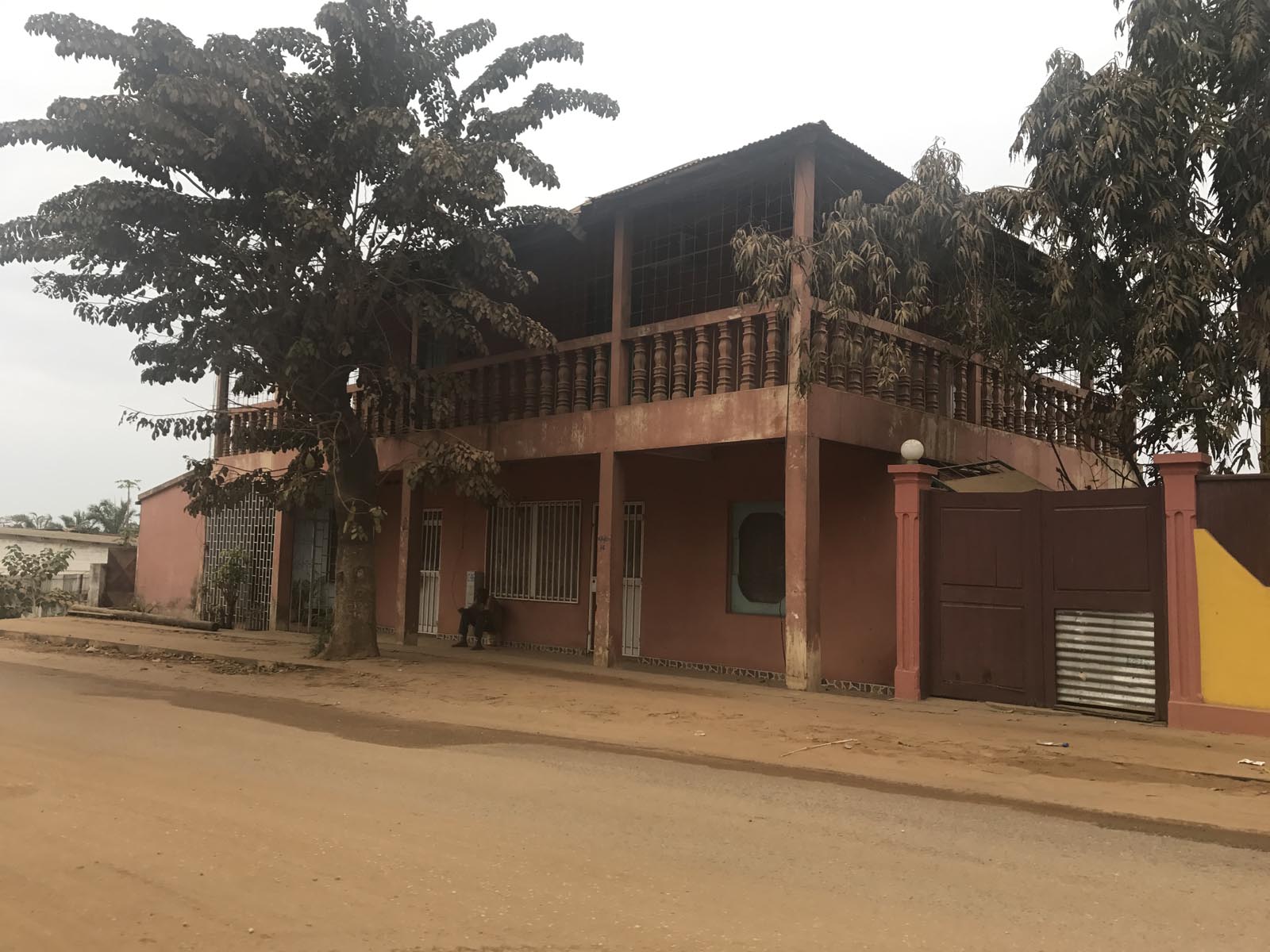
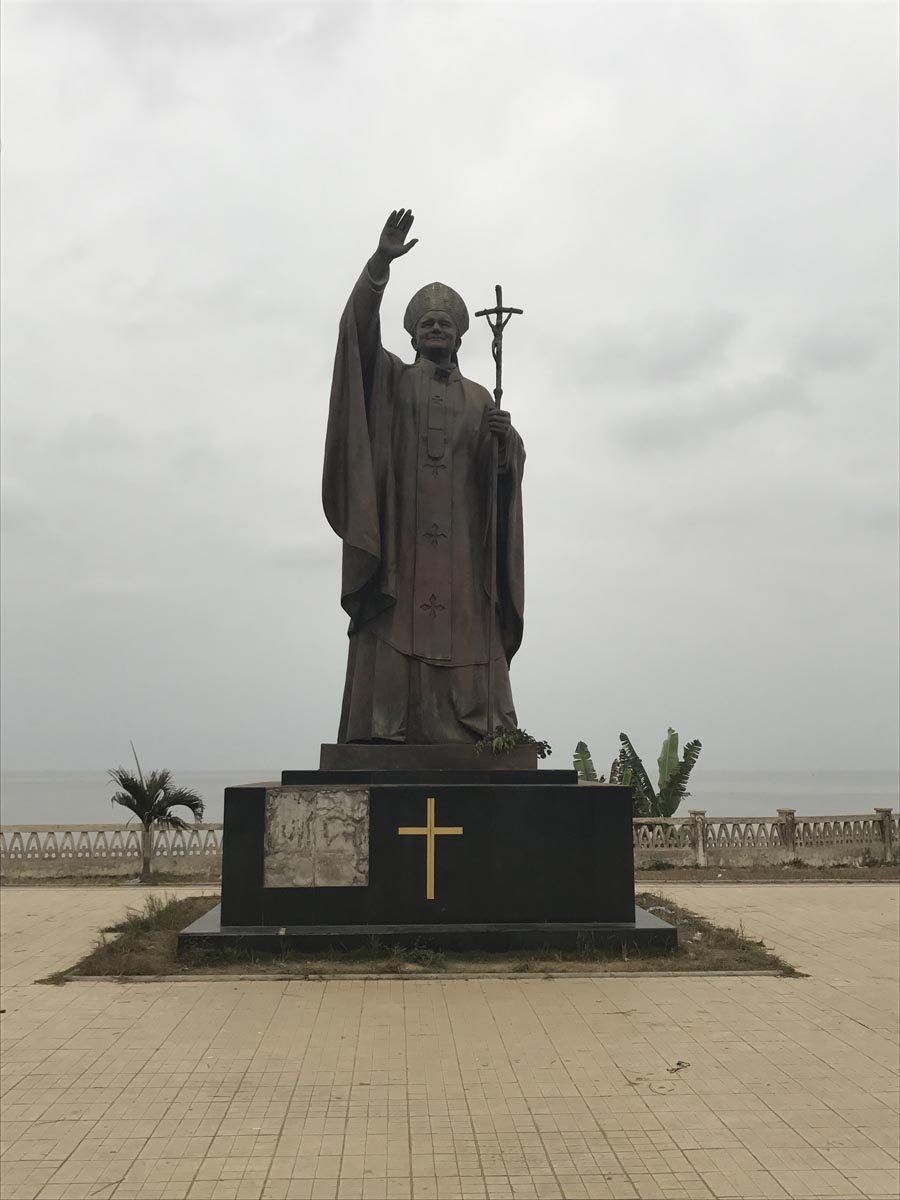

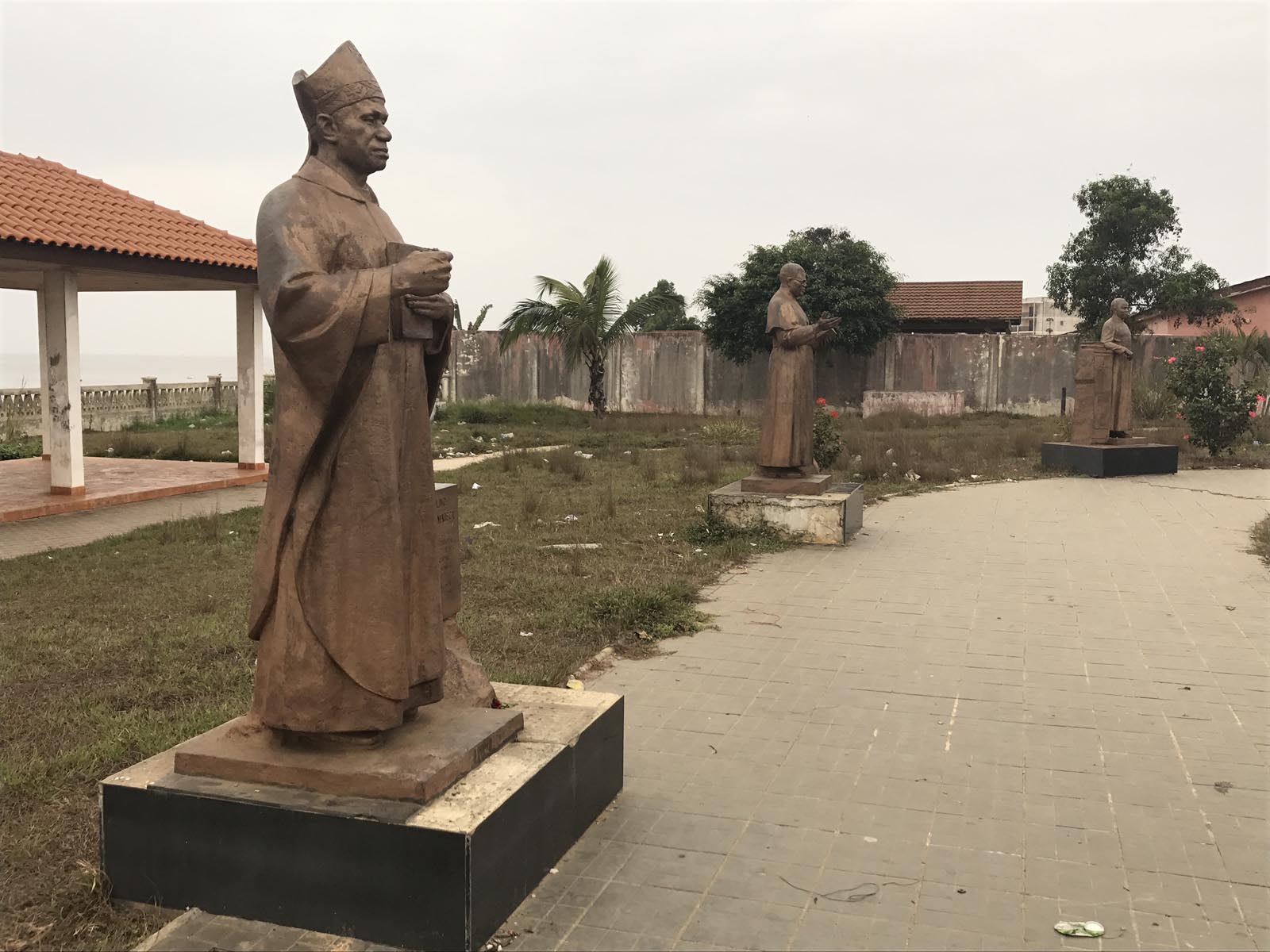
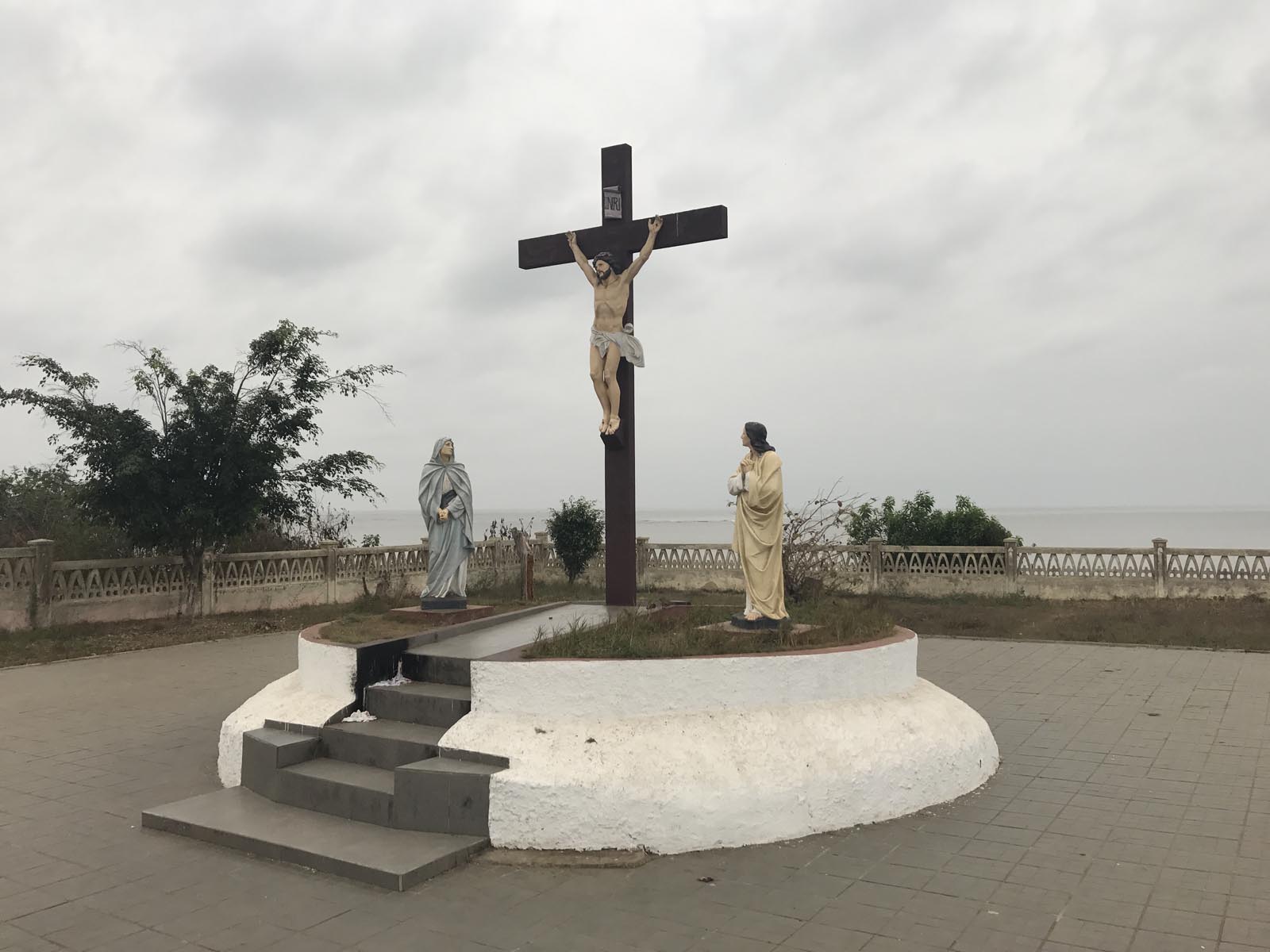

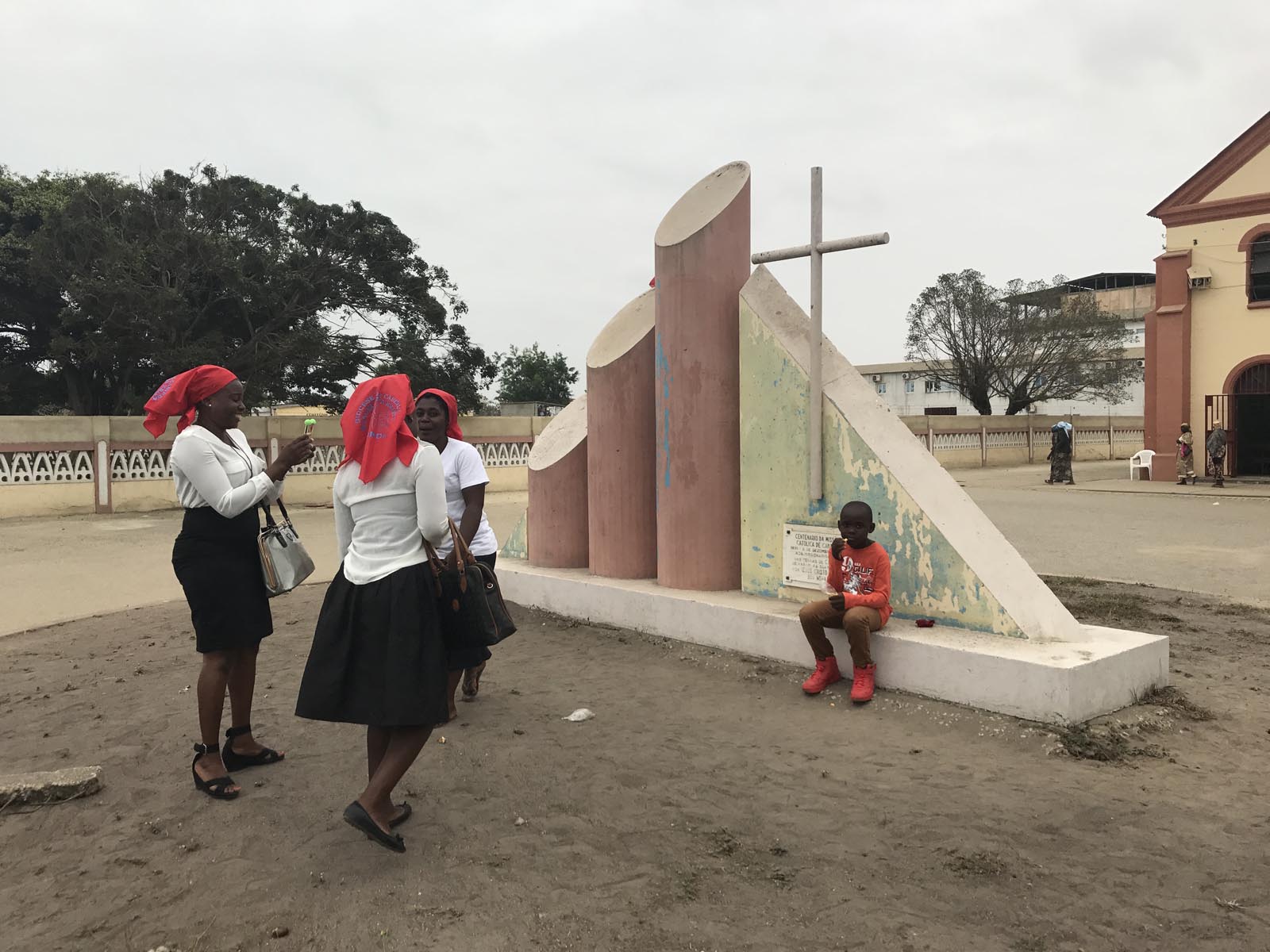
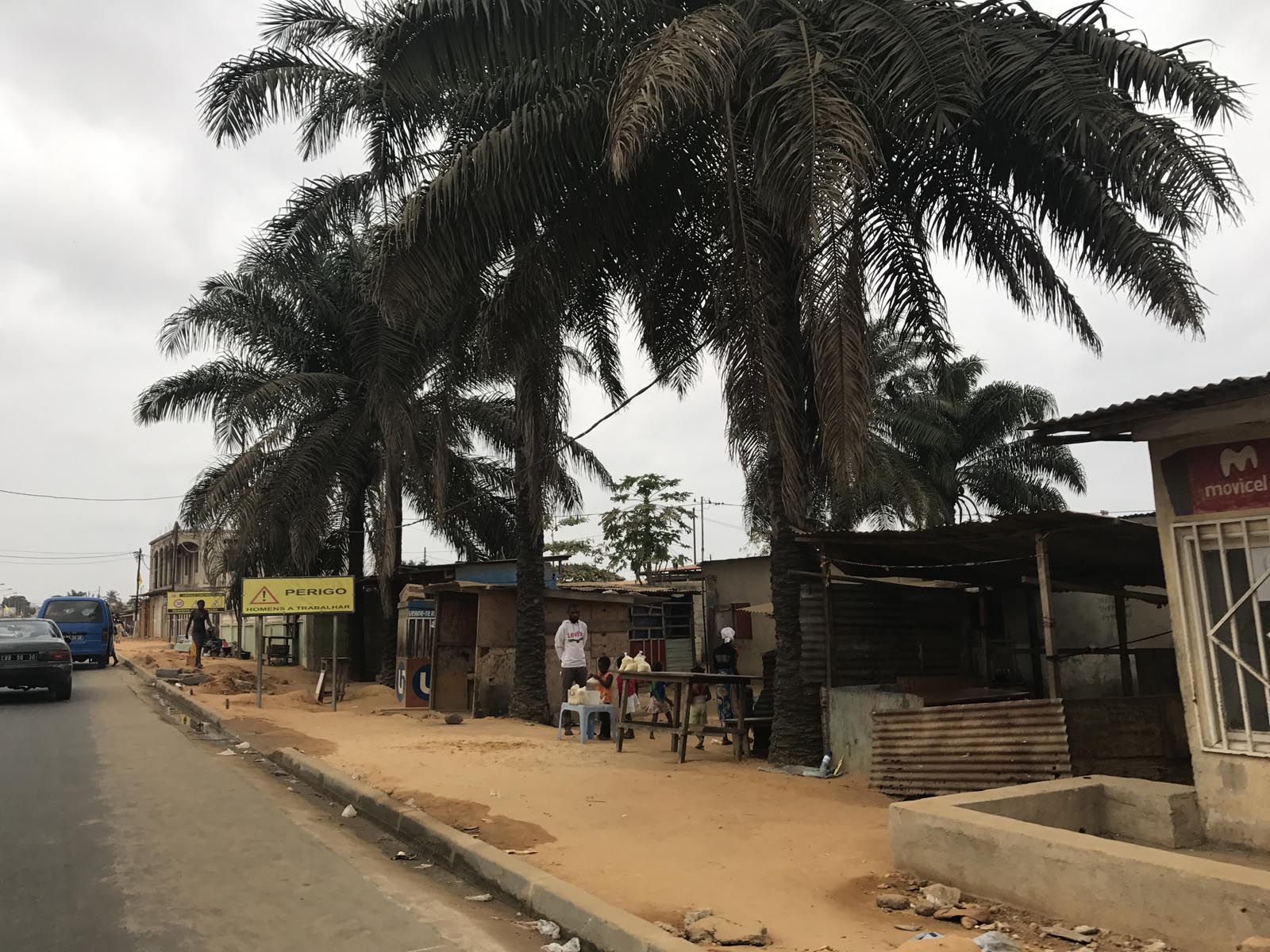


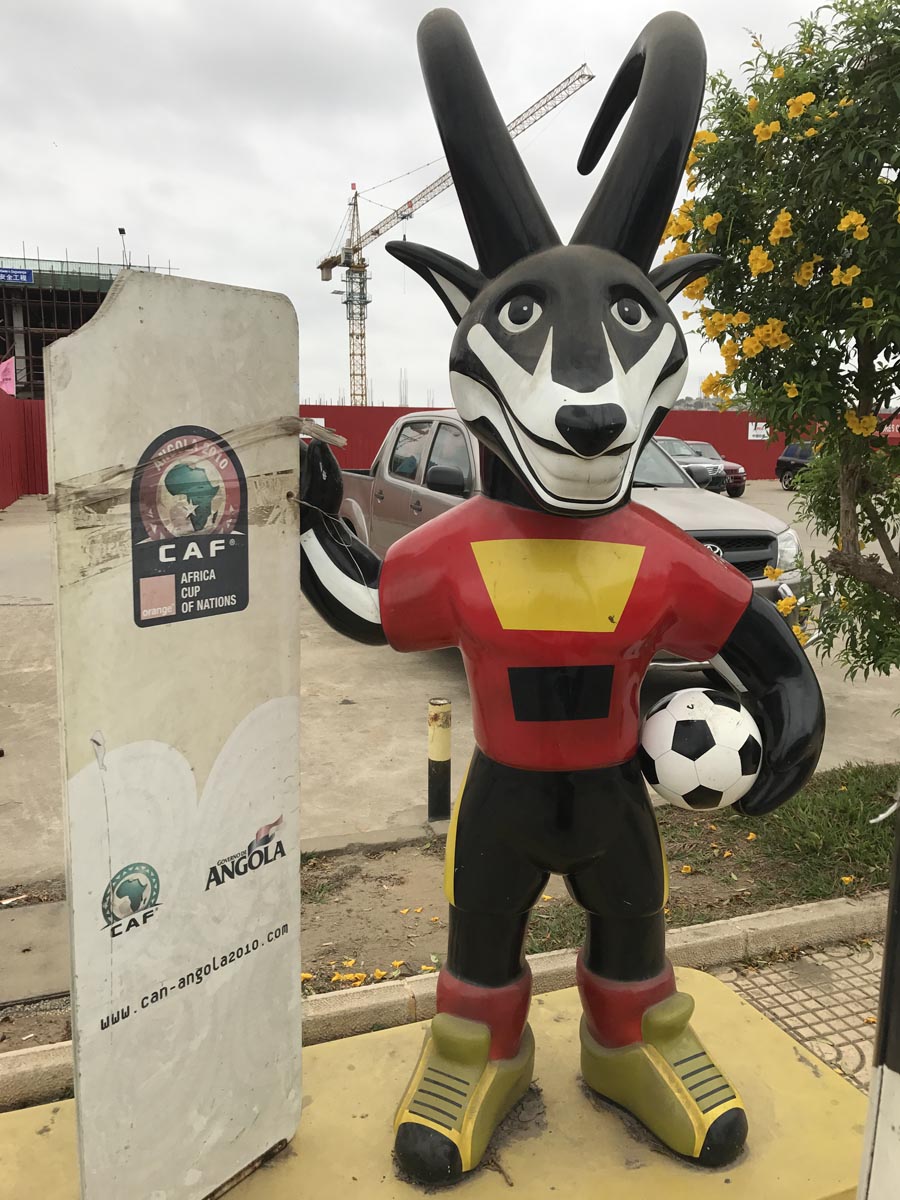
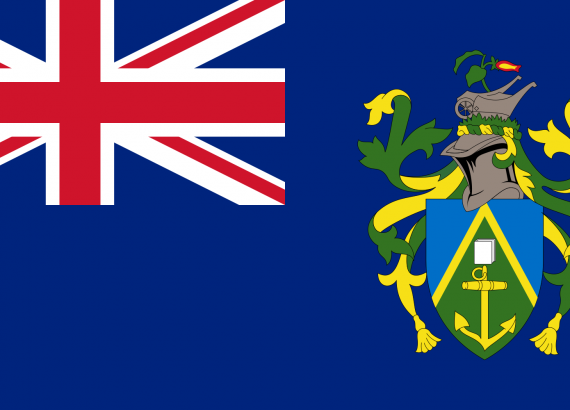
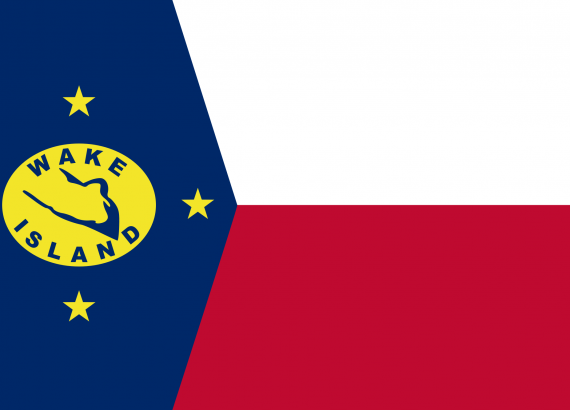
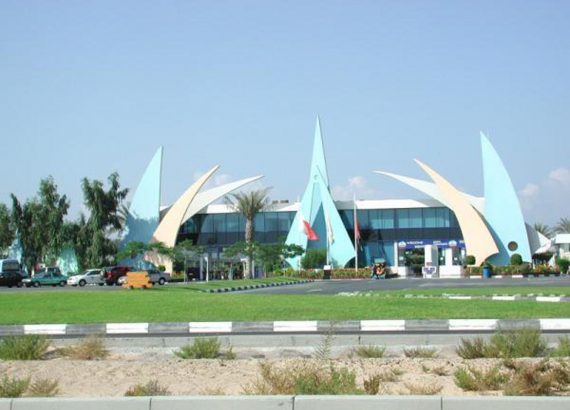
No Comments